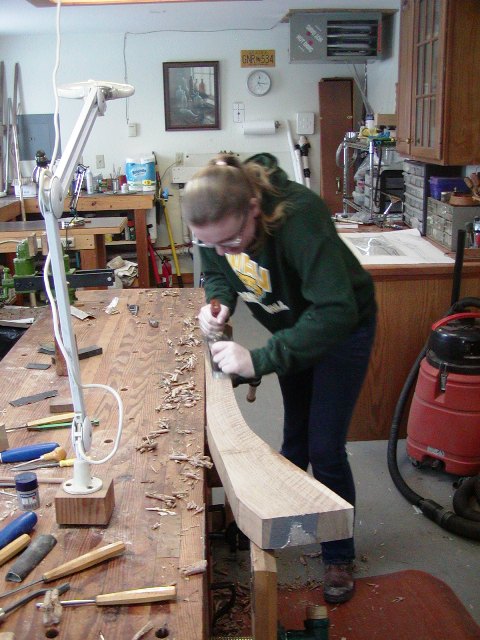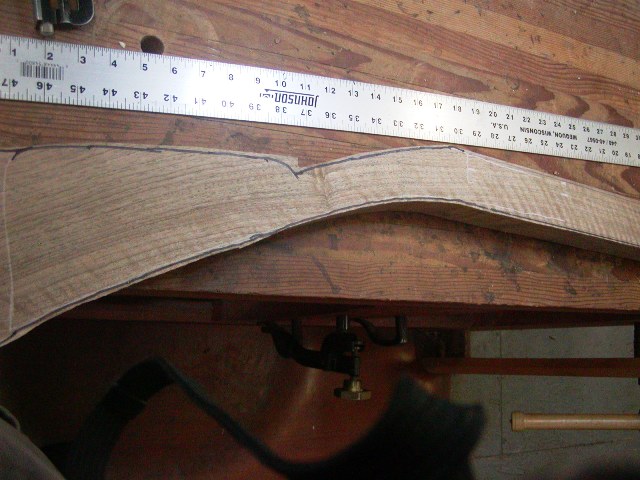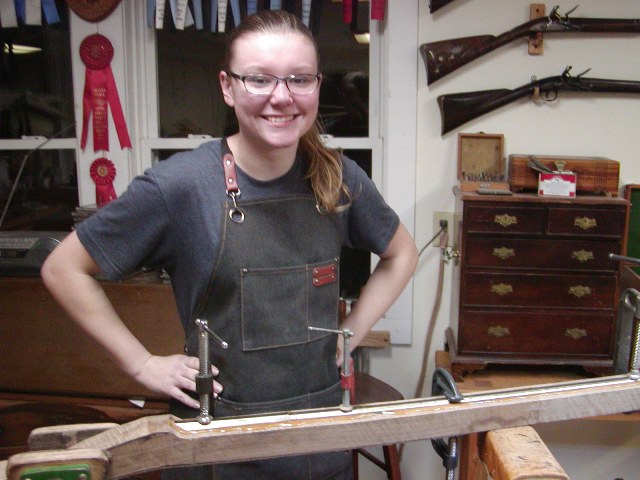- Joined
- Jul 15, 2019
- Messages
- 6,231
- Reaction score
- 9,518
Maria will discover , that she will learn far more actually doing the work , than just reading about it. I didn't scratch build my first m/l rifle, until I was 25 yrs. old . I had knowledge of gunworking tools from my machinist Dad , who also taught me how to think , and engineer a project , while I was a kid. Maria is fortunate to have a mentor of your caliber , Dave. Part of your legacy , will be carried forward by Maria.. I'm very excited for Maria ,as this is experience no university can ,or will teach. .............oldwood














































